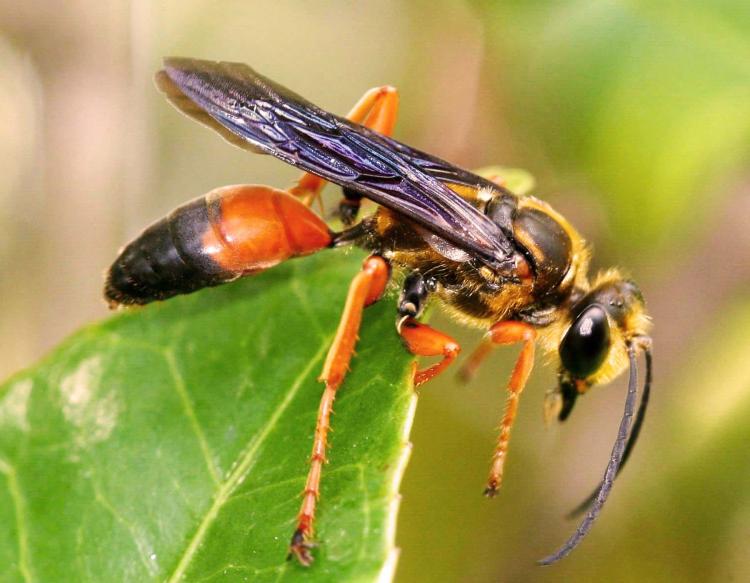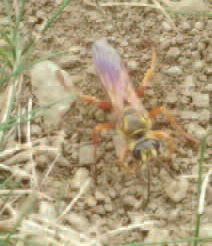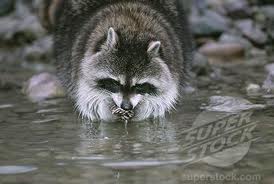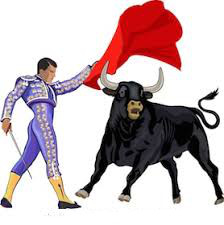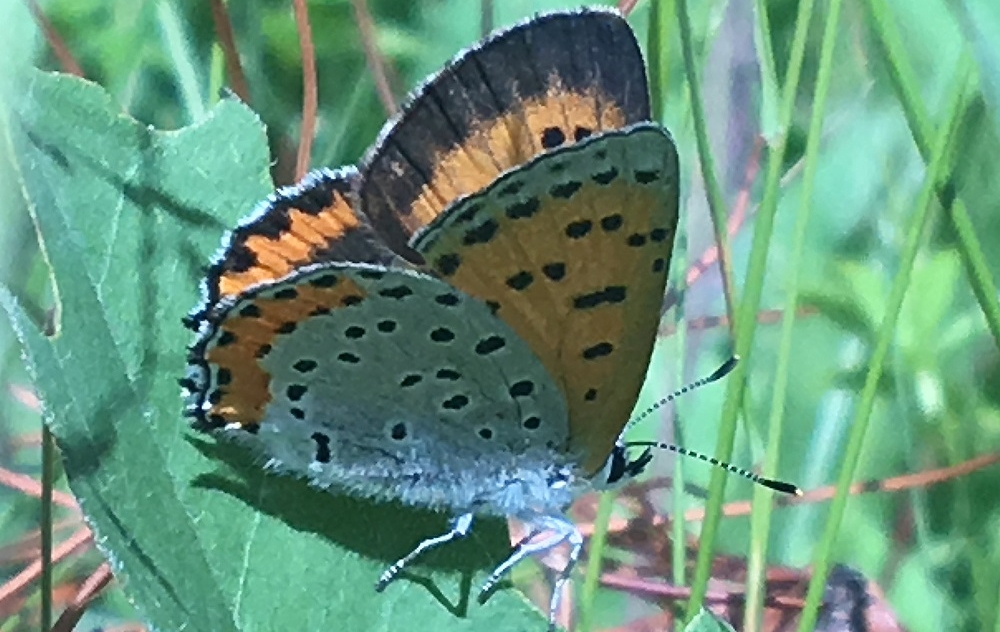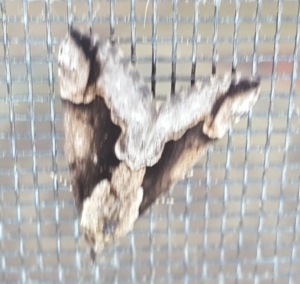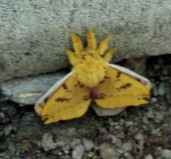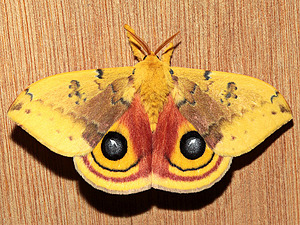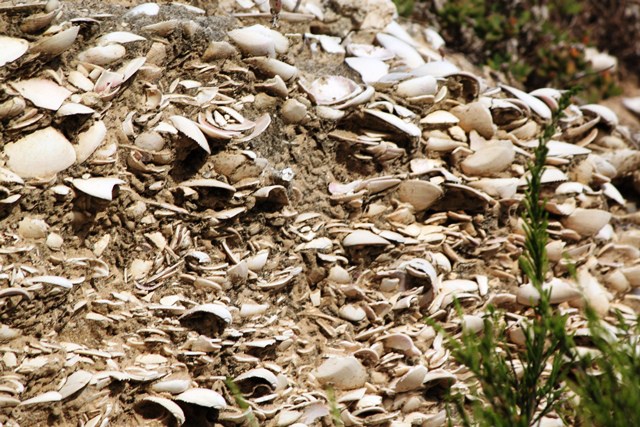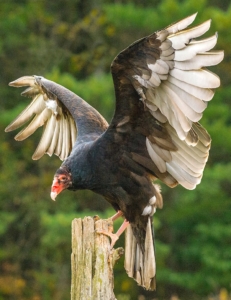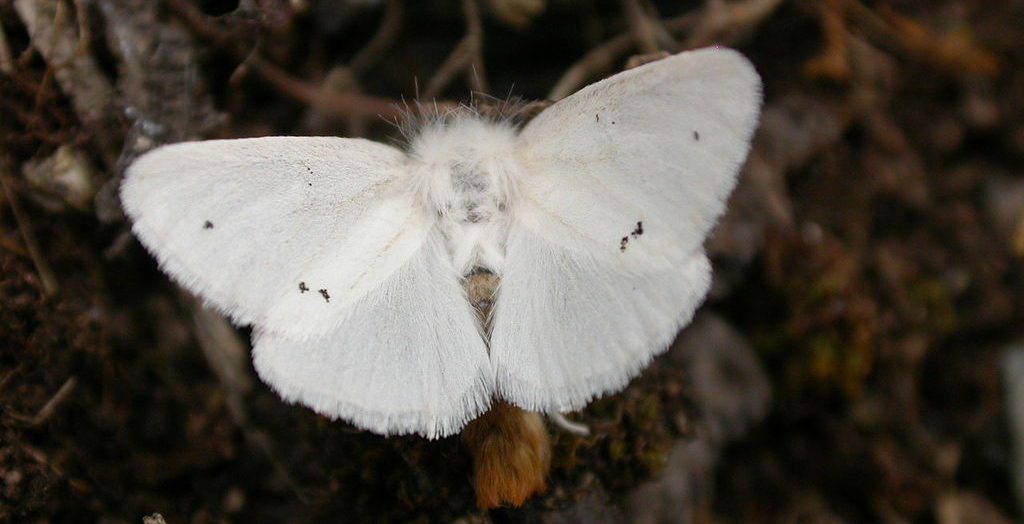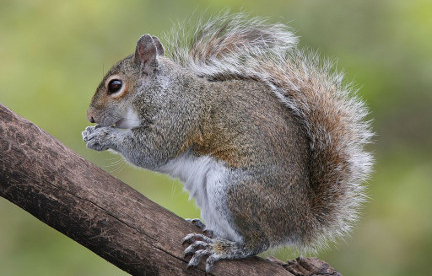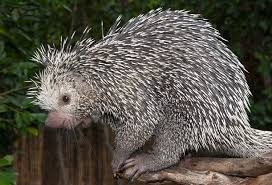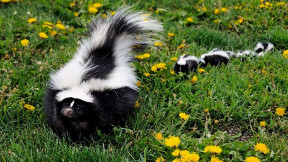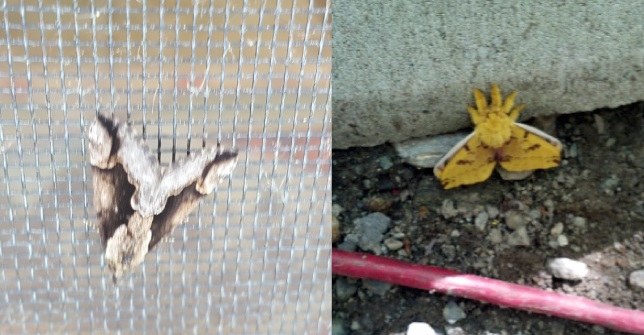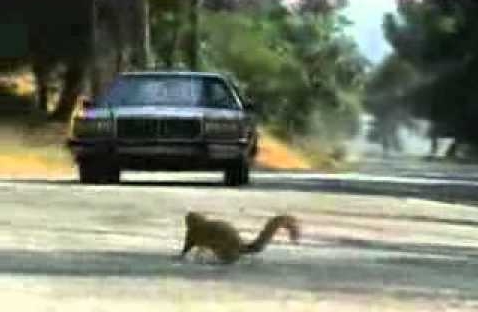SCORES & OUTDOORS: The poor, misunderstood, unappreciated brown bat
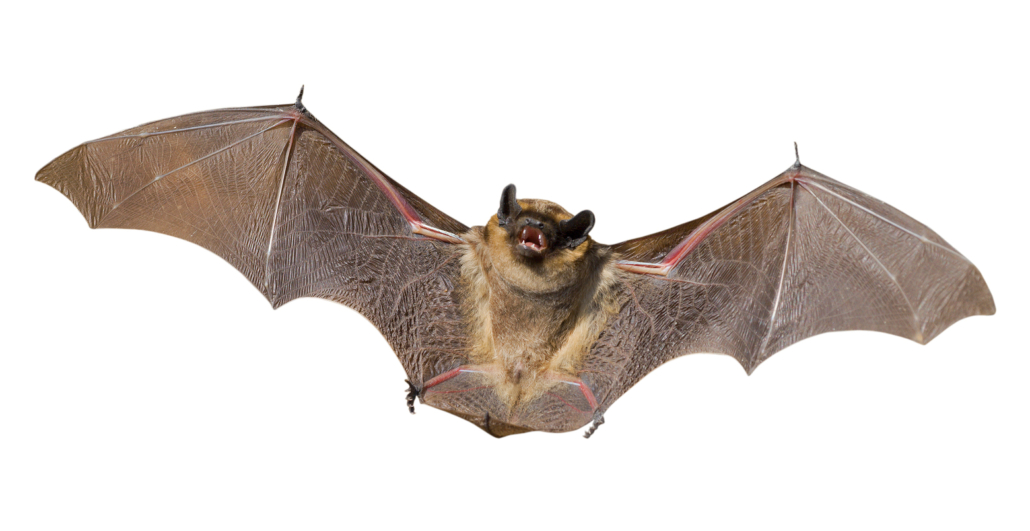
brown bat
 by Roland D. Hallee
by Roland D. Hallee
While sitting around a campfire with family last weekend, the conversation, for some insane reason, resorted to bats, and the many myths and misbeliefs attached to them.
Bats have long been maligned by humans, a taboo, a creature to be shunned. These little furry animals that fly seemed to be half bird, half mammal, and looked ugly – which they are.
But today, they are being given their proper recognition as valuable to mankind in the ecological system. Many plants, such as bananas, are dependent on bats for pollination because they bloom at night. Bats are responsible for 95 percent of the reforestation of the tropical rain forest through their dispersal of seeds.
Their immediate appeal to most people is their enormous capacity for consuming insects. A nocturnal animal, bats eat when the insects are out, as opposed to birds, which eat during the day. Some bat species consume half their weight in a night – as many as 600 or more gnat-sized insects an hour.
A single little brown bat, Myotis lucifugas or a big brown bat, Eptesicus fuscus, some of the most abundant and widespread bats in North America, can eat 3,000 to 7,000 mosquitoes each night, and a bat can live to be 20 years old. That’s a pretty effective insecticide, especially when you consider that it doesn’t poison other creatures or make holes in the ozone layer.
Bats are also misunderstood creatures that are generally quite harmless to people. They do not become entangled in your hair, nor do they attack humans. Contrary to misconceptions, disease transmission from bats to people is easily avoided. Never handle bats, and the odds of being harmed will be extremely remote.
Over the last 40 years, public health records show that only 16 people in the United States and Canada have died of bat-borne diseases. That means the odds of anyone dying from a bat bite are pretty slim.
In the Orient these gentle animals are symbols of good luck, long life and happiness. They are meticulous in their grooming, spending a fair part of the day and night combing and grooming their fur.
When bats fly, they navigate by means of a sophisticated echo location system. The bats send out signals of sound energy, which are reflected back, giving it the location of an object as well as its texture and other characteristics. They can avoid a single human hair with extreme accuracy, even in total darkness, contrary to the myth that bats are blind.
Macrobats like the large fruit bats love to eat ripe fruits. As the seeds pass through them, they spread them all over the forest. A fruit bat can disperse thousands of seeds to help replant the forests they live in. Unfortunately, with the loss of rain forests, these bats are endangered because of loss of habitat.
Bats also help farmers. Microbats eat mosquitoes, moths, locust and grasshoppers. Such bugs can destroy crops and spread disease. The American farmer’s biggest pest is the corn earworm moth. One bat can eat 20 female moths a night, reducing the number of crop eating caterpillars.
And, forget everything you’ve ever heard about vampire bats. Vincent Price and Boris Karloff, in their vampire movies, did a lot to give the bats a bad reputation.
There are lots of stories about vampire bats that drink blood. Vampire bats do exist, but are three species out of about 1,000 from the bat family. They mostly live in South America – not Transylvania – and feed on the blood of farm animals. A vampire bat does not suck blood. They usually walk up to the animal while they are asleep, and use their sharp teeth to puncture the skin and lick the blood. Their saliva has a blood thinning chemical that scientists are studying.
So, you see, all the bad rap is unfair. The bat is actually a friend, not a foe.
Roland’s trivia question of the week:
Mookie Betts recently hit for the cycle in a game; Brock Holt did it in 2015. Who was the last Red Sox player to do it before?


